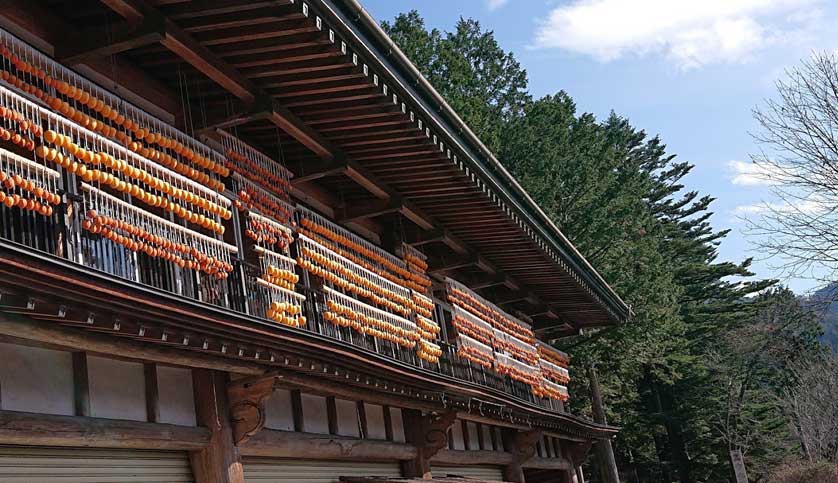November Harvest Persimmons
Been picking what's left of the persimmons. The monkeys took most of them. I don't begrudge them their food,... so much of the Japanese forests have been replaced with sterile tree farms that have no food for any species.
The rounder shaped species of persimmon is called amagaki in Japanese, and these can be eaten straight from the tree. I'll peel them and slice them then dehydrate them for later use.
The more oval-shaped persimmons are called shibugaki, and they are too astringent to eat without first hanging and drying. Then they become similar to dried figs. Strings of them hanging are a common sight in the countryside now.















